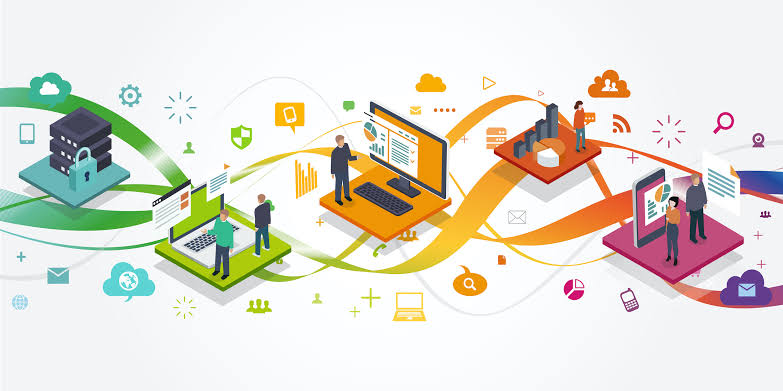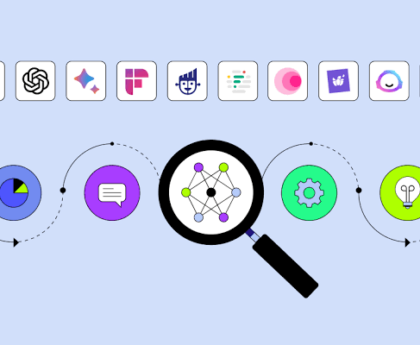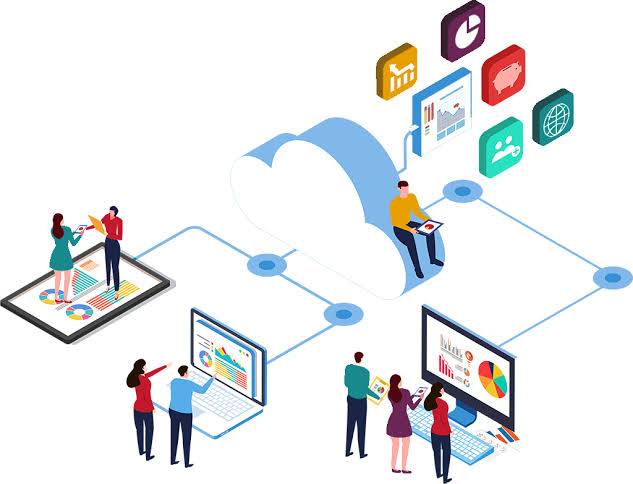
Struggling to begin your digital transformation journey? This easy-to-follow roadmap breaks down the process into actionable steps. Learn how to integrate technology seamlessly and boost your business growth. A must-read for businesses navigating the digital shift!
Table of Contents
- Introduction: Why Digital Transformation Matters
- What Is Digital Transformation?
- Step 1: Assess Your Current Digital Maturity
- Step 2: Define Clear Objectives & Goals
- Step 3: Choose the Right Technology Stack
- Step 4: Invest in Training & Skill Development
- Step 5: Implement & Monitor Progress
- Common Challenges & How to Overcome Them
- Final Thoughts: Future-Proofing Your Business
Introduction: Why Digital Transformation Matters
In today’s fast-paced world, businesses must evolve or risk falling behind. Digital transformation is no longer an option; it’s a necessity. Whether you’re a startup or an established enterprise, integrating digital tools can enhance efficiency, customer experience, and overall business growth.
But where do you start? This blog serves as your digital transformation roadmap, simplifying the process into easy-to-follow steps. If you’re looking for a clear direction, you’re in the right place!
What Is Digital Transformation?

Before diving into the roadmap, let’s clarify what digital transformation really means. It’s not just about adopting new technology; it’s about integrating digital solutions across all business areas to drive innovation, improve processes, and create new value.
From automating workflows to leveraging data analytics, a successful digital transition empowers businesses to stay competitive in an increasingly digital world.
Step 1: Assess Your Current Digital Maturity
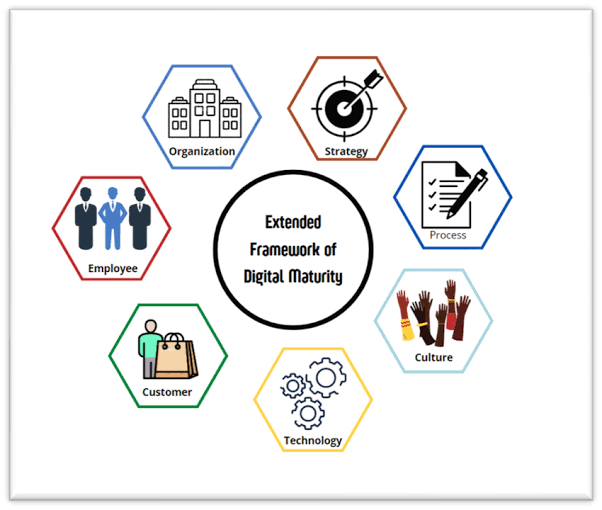
Before making changes, you need to know where you stand. Conduct a digital maturity assessment to evaluate your existing infrastructure, workflows, and digital capabilities. Ask yourself:
- Are your operations manual or automated?
- Do you utilize data analytics for decision-making?
- How seamless is your customer experience across digital platforms?
This assessment will help you identify gaps and determine the starting point of your digital transformation journey.
Step 2: Define Clear Objectives & Goals
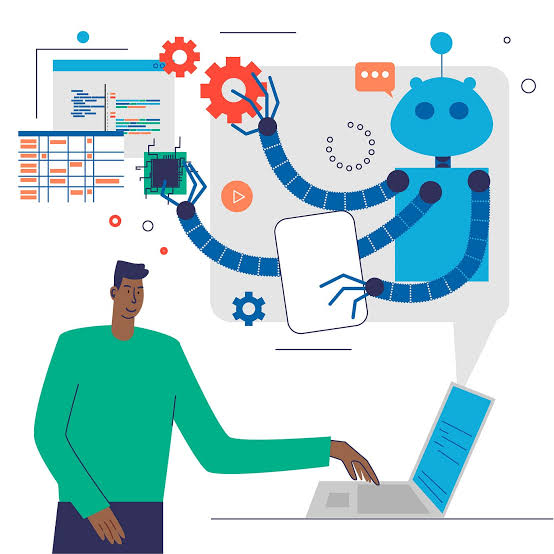
Digital adoption without a strategy is a recipe for failure. Define clear, measurable goals to ensure success. Some common objectives include:
✔️ Enhancing customer experience through automation
✔️ Improving operational efficiency with AI-driven tools
✔️ Strengthening cybersecurity measures
✔️ Boosting sales via data-driven marketing
Setting the right objectives aligns your digital initiatives with business growth, making the transition smooth and goal-oriented.
Step 3: Choose the Right Technology Stack

Selecting the right technology is crucial for a successful digital transformation. Your tech stack should align with your business needs and scalability. Some essential tools to consider:
- Cloud Computing (AWS, Google Cloud, Azure) – Ensures flexibility and cost-efficiency
- AI & Automation (Chatbots, RPA) – Enhances customer interactions and productivity
- Data Analytics (Google Analytics, Power BI) – Helps in data-driven decision-making
- Cybersecurity Tools (Firewalls, MFA) – Protects sensitive business data
Choosing the right tech empowers businesses to streamline processes and stay ahead of the competition.
Step 4: Invest in Training & Skill Development

Technology is only as good as the people using it. Upskilling your workforce ensures a smooth digital transition. Key strategies include:
- Conducting digital skills training for employees
- Offering certifications in AI, data analytics, and cloud computing
- Encouraging a culture of digital innovation
A skilled workforce maximises the benefits of digital transformation, ensuring sustainable growth.
Step 5: Implement & Monitor Progress

Now comes the execution phase. A successful digital transformation roadmap requires phased implementation and regular monitoring. Follow these best practices:
✅ Start small: Implement one digital solution at a time
✅ Set KPIs: Track efficiency, customer engagement, and ROI
✅ Gather feedback: Adjust strategies based on user experience
Continuous monitoring helps businesses adapt to evolving digital trends, ensuring long-term success.
Common Challenges & How to Overcome Them
Every transformation comes with challenges. Here’s how to tackle them effectively:
| Challenge | Solution |
| Resistance to Change | Conduct employee workshops & training |
| High Implementation Costs | Start with cost-effective digital tools |
| Cybersecurity Risks | Invest in strong cybersecurity infrastructure |
| Lack of Skilled Workforce | Upskill employees with digital training |
Overcoming these hurdles ensures a smooth and effective transition to digital operations.
Final Thoughts: Future-Proofing Your Business
The digital shift isn’t just a trend—it’s the future. Embracing digital transformation now will keep your business competitive, efficient, and innovative. Whether you’re starting small or going all in, following this roadmap ensures a seamless transition.
Ready to transform your business? Start your digital journey today! Need expert guidance? Reach out for a consultation and take the first step toward digital success.

